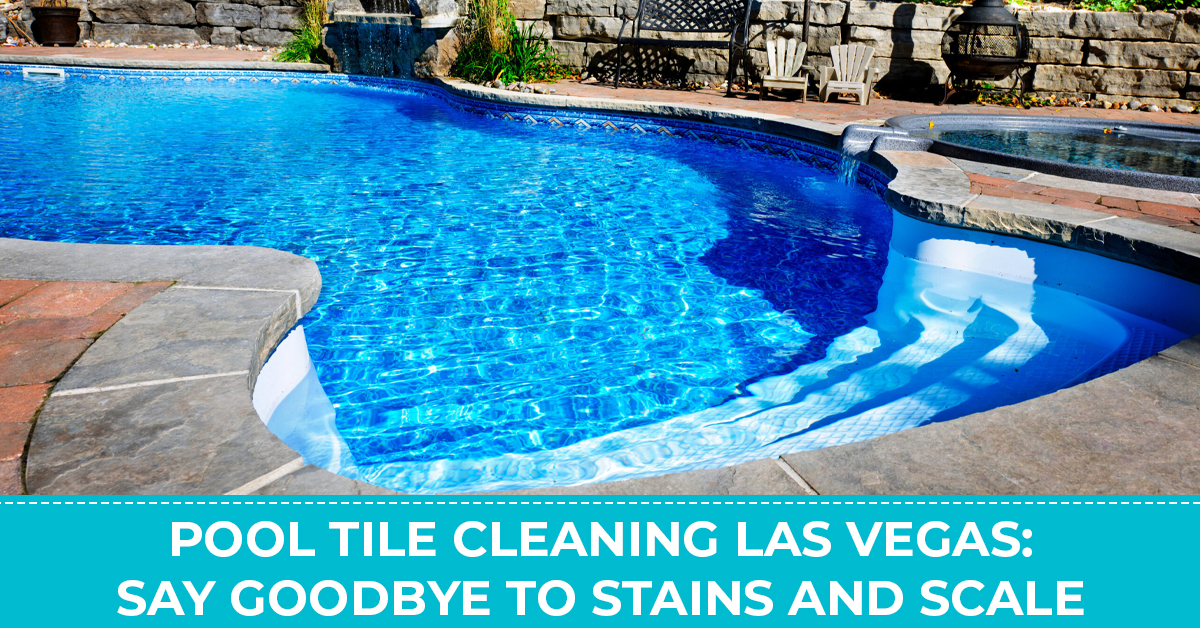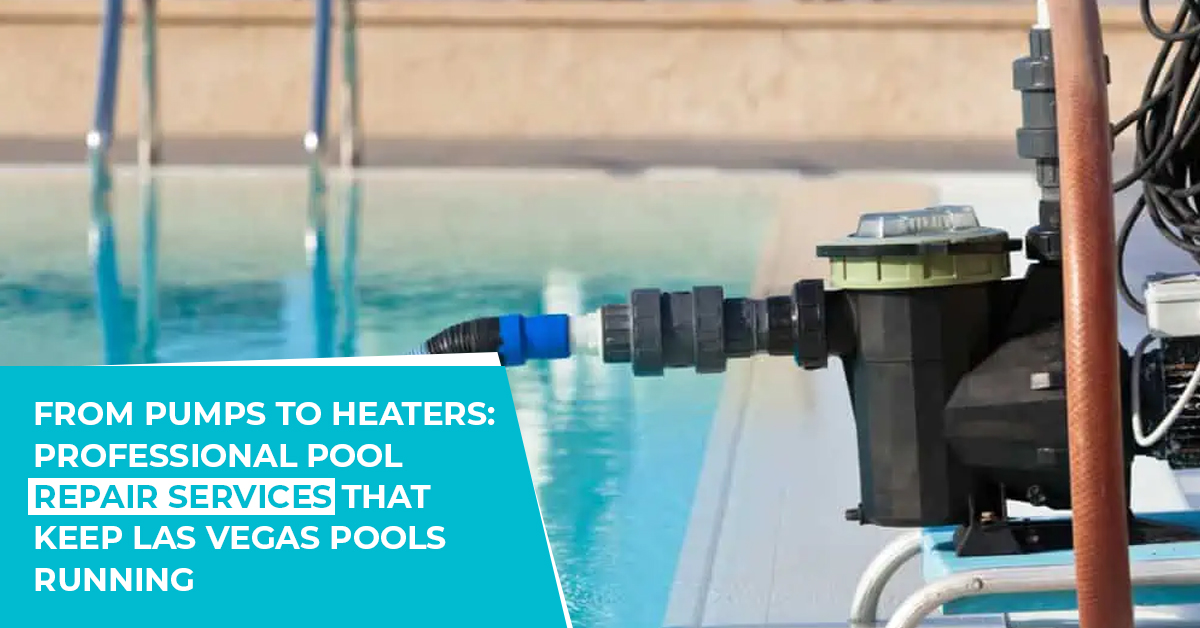Pool Filter Replacement: How Often, What Kind, and More
The average pool in the USA is about 13,500 gallons of chlorinated water. That's a lot of water — and body oils, sun tan lotion, dirt, food, leaves, and anything else that falls in.
That means a filter system the right size for the average pool filters a little over 28 gallons per minute of water. If only we all worked so hard!
But even our hard-working pool filters need a good cleaning from time to time. At some point, you'll also need pool filter replacement, no matter the type. So how often should you clean or replace them?
If you want the answers to that and more, keep reading to find out.
Cartridge Filters
Cartridge filters are the most common filter technology for residential swimming pools. Cartridge filters take care of debris and particles in your pool down to 10 microns in size. They have between 300-500 square feet of surface area on average.
In the past, they used to get a bad reputation for needing to be cleaned and replaced often. This is no longer the case, as manufacturing quality and materials science has changed the technology for the better.
How Often Should I Clean Cartridge Filters?
Swimming pool cartridge filter systems are very reliable systems. If you get a brand new cartridge filter in your clean pool, check the normal operating PSI or pounds per square inch.
PSI is a measure of water pressure going through your system, not a measure of volume going through your system. As blockages occur due to the filter getting clogged up with oils, minerals, or physical debris, it will increase pressure in the system.
This is very similar to how your body's blood vessels work. As your blood pressure rises, it's an indication that there are blockages or narrowing of blood vessels. To fix that, various medications or treatments are given to unblock blood vessels or treat plaque buildup.
This is similar to your swimming pool, as both are somewhat "closed" hydraulic systems working on similar principles.
If you see an increase of 8 PSI over your normal operating range, it's time to clean your cartridge. For example, if your normal operating PSI is between 8-10 PSI and you see it's now 16-18 PSI, it's time to clean it.
You should also clean the filter after major storms or during treatments for algae blooms.
There's a lot to know about what not to do when cleaning your filters. In the end it easier and less expensive to have a professional maintain your cartridge filters.
How Often Should I Replace Cartridge Filters?
Replacing filters gets a little more tricky to figure out, but not by much. Even with regular cleanings a filter will get debris filling voids inside the paper that you can't remove by any method.
You'll see your pressure rising in the system more and more often. This is a sign you are getting near your time to replace, or even past it.
Oils and minerals in the water will clog the cartridge over time to a point it's no longer keeping your pool clean. Oils come from our bodies naturally, as well as sun-tan lotion and even food oils from pool parties.
If you try to do an acid wash before any other kind of treatments, you'll need to replace your filter as well. All you've done is drive oils and dirt deeper into the material of the filter, cutting the lifespan of your filter down to just a few days or weeks.
Diatomaceous Earth Filters
Diatomaceous Earth or DE filters can remove particles as far down as 4 microns. About 10 times smaller than sand filters will, and 25 times smaller than a grain of table salt.
The pressure gauge on your DE filter system will also need cleaning when it's 8-10 PSI over normal starting pressures.
To do this, you'll have to backwash, clean the manifold and grids, and add new DE. Use a garden hose to flush all the DE out of each manifold and check for tears. If you see DE in your pool, it's a sign you may have a tear in the manifold.
Excessive use of chemicals tend to break down the cloth of the grid prematurely. If you do have a tear in the grid, it's time to replace that one. To replace the DE, add it to the skimmer.
If you're thinking of moving over to cellulose instead of DE, check with a professional about the steps for the conversion.
Sand Filters
Sand filters consist of a tank that has in inlet diffuser and an outlet near the bottom. Inside the tank is also a special grade of sand used as the filter media. This emulates, to some degree, the work that the earth does when it rains and collects rainwater in aquifers.
As water flows inside the tank from the diffuser, through the sand media, it gets filtered down to a level of about 40 microns. This traps dirt and debris on higher levels as it goes through. Particulates smaller than 40 microns aren't expected to get filtered out.
The sand in the filter should be replaced every 3-5 years if well-maintained. Once the pressure on your system's gauge reads 5-10 PSI above normal, it's time for a backwash and cleaning.
Sand filters are a lot less work to maintain than DE filters or cartridge filters, but comes with its own drawbacks.
First of all, it doesn't filter out debris as small as either of the other two. Second, the system needs a backwash between one to four times a month to get the most out of your sand.
Your Quick Guide to Common Pool Filter Replacement Questions
All pool filters need replacement at some point, even if the system still has decades left to go. Pool filter replacement shouldn't be a scary idea, since most systems are designed to make it as easy as possible.
If you maintain pool filters well in the meantime you can put off your pool filter replacement much longer.
Clean Living Pool and Spa has the experience you need to answer any questions about upgrades and maintenance you have for any type of system. Contact us today to see why we're the trusted Las Vegas pool experts!






